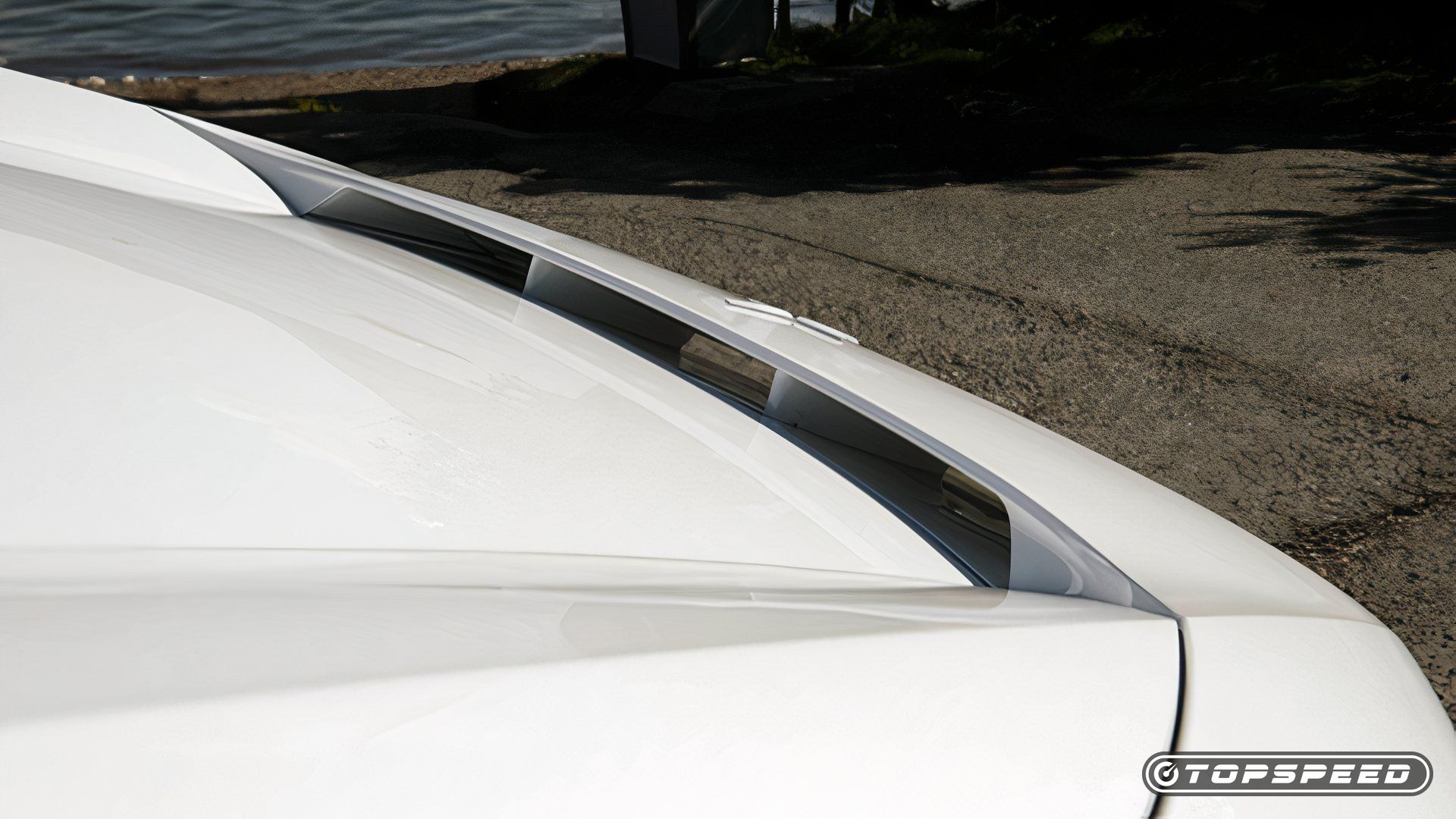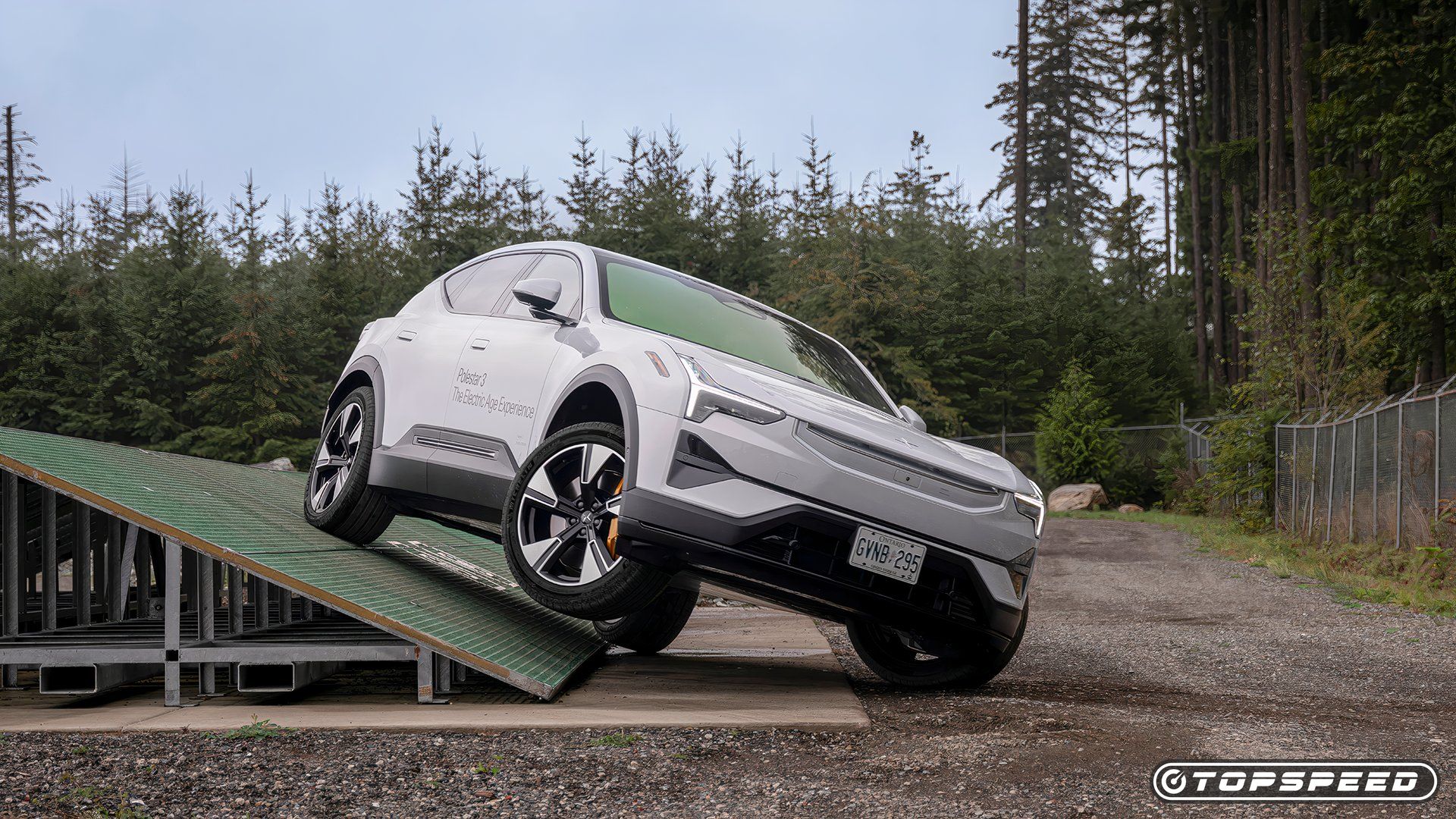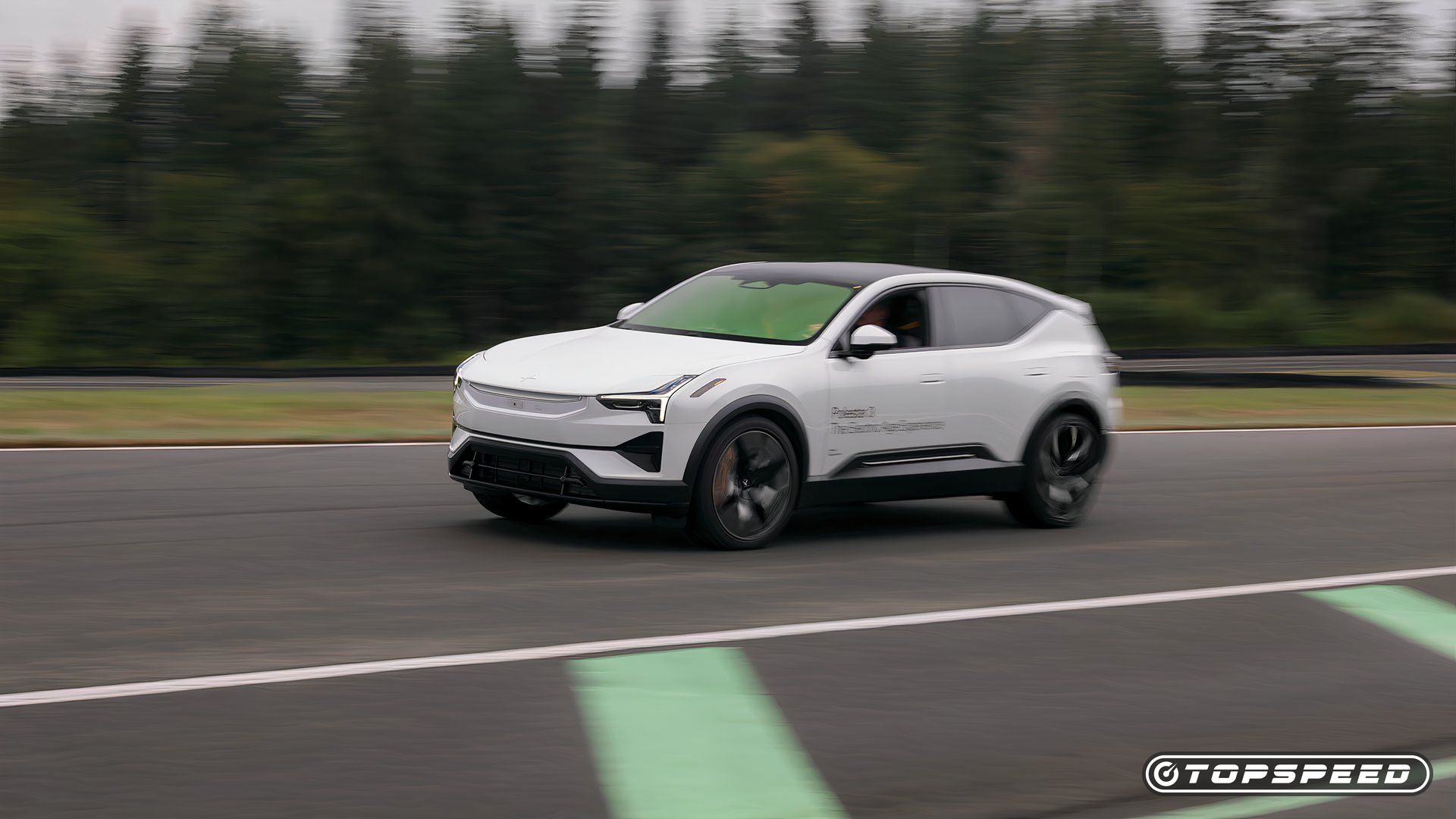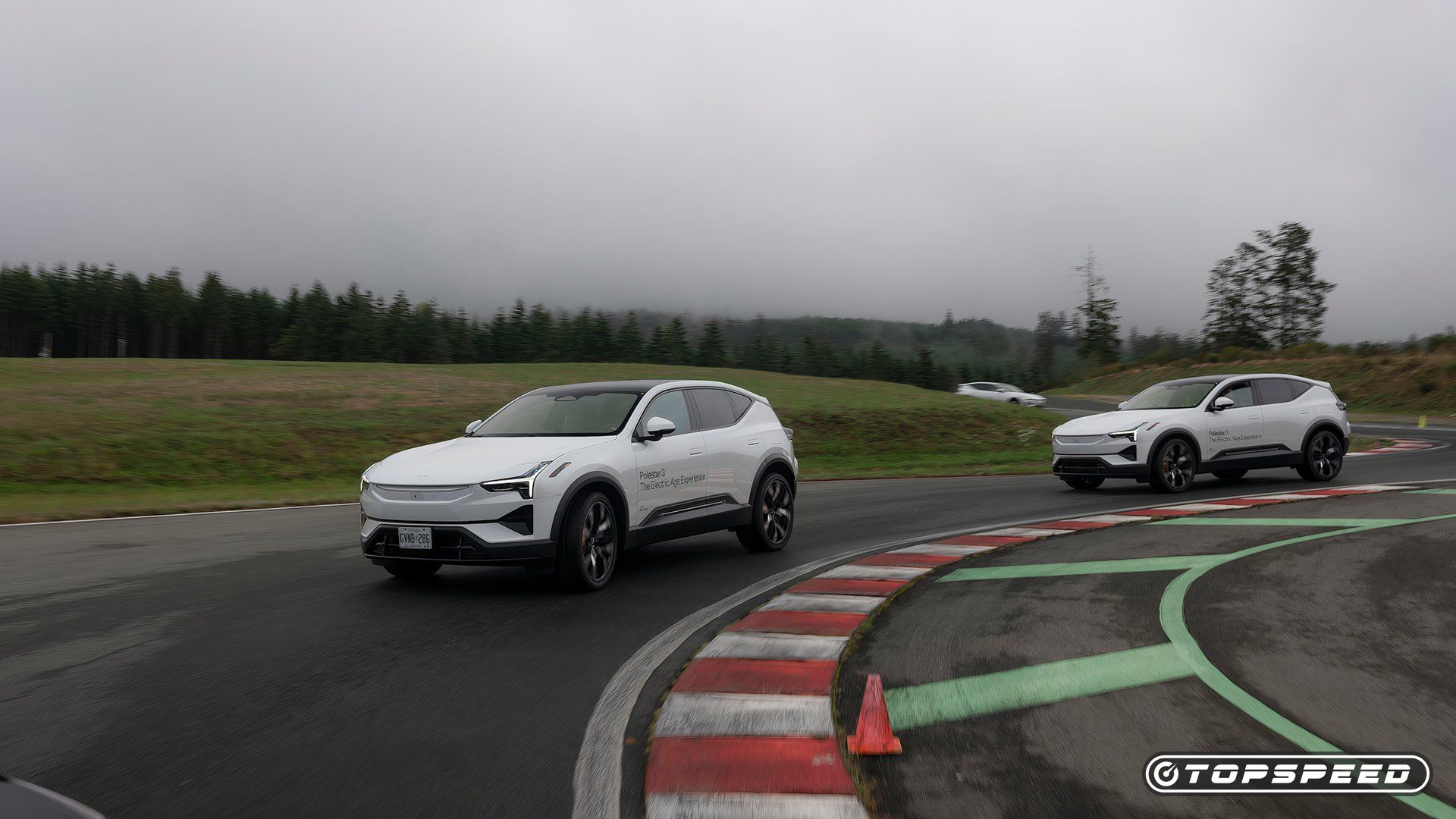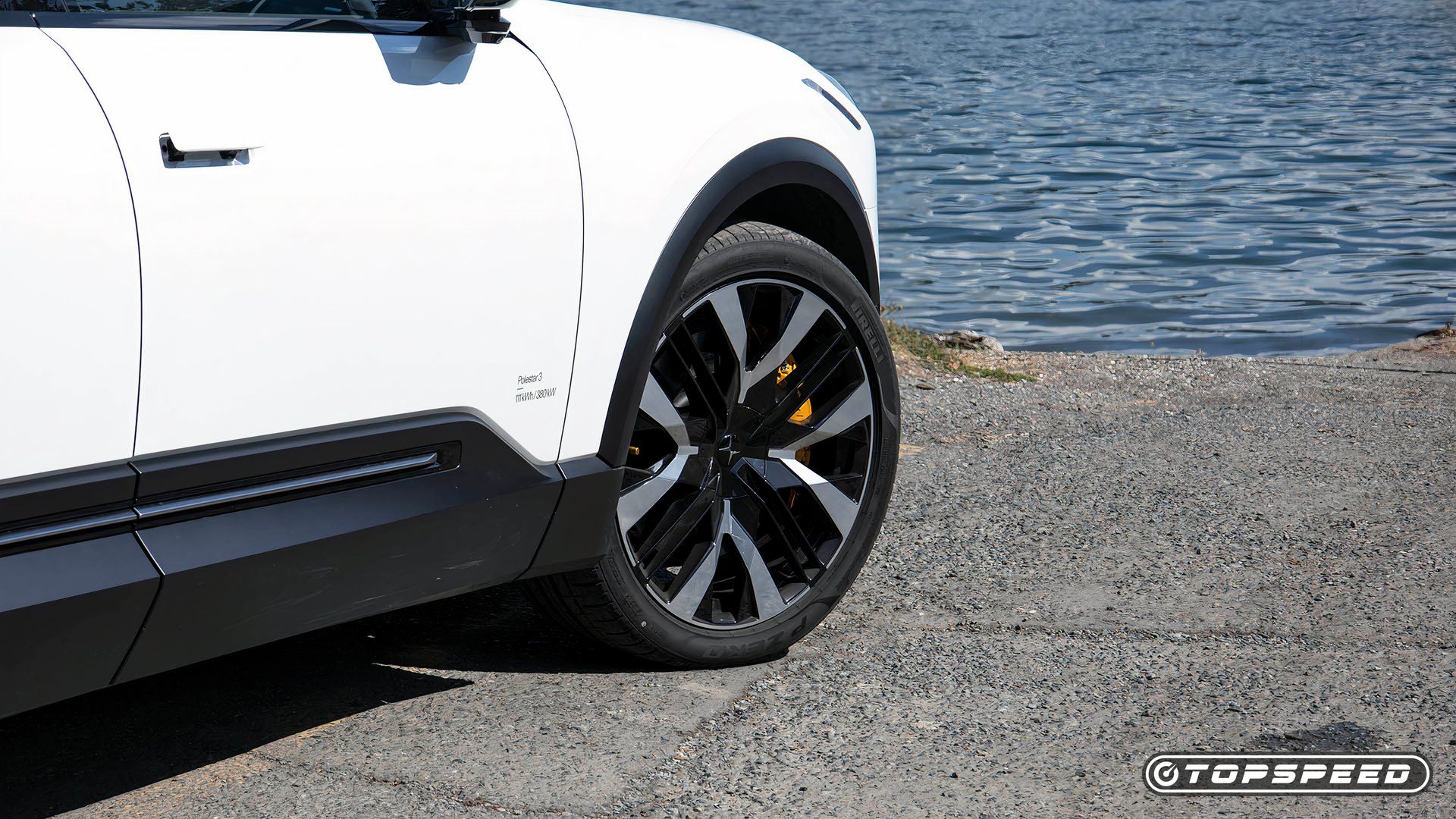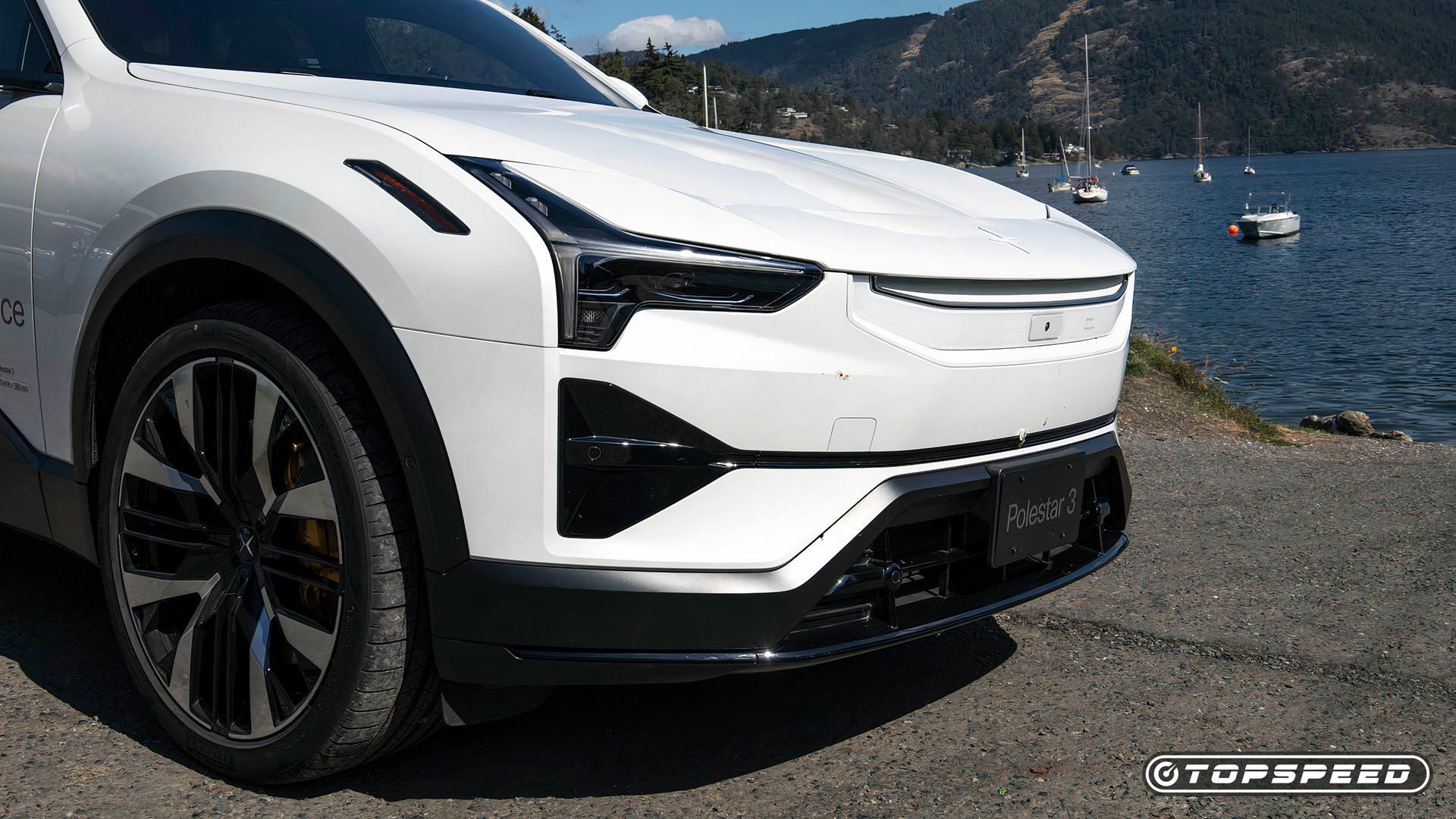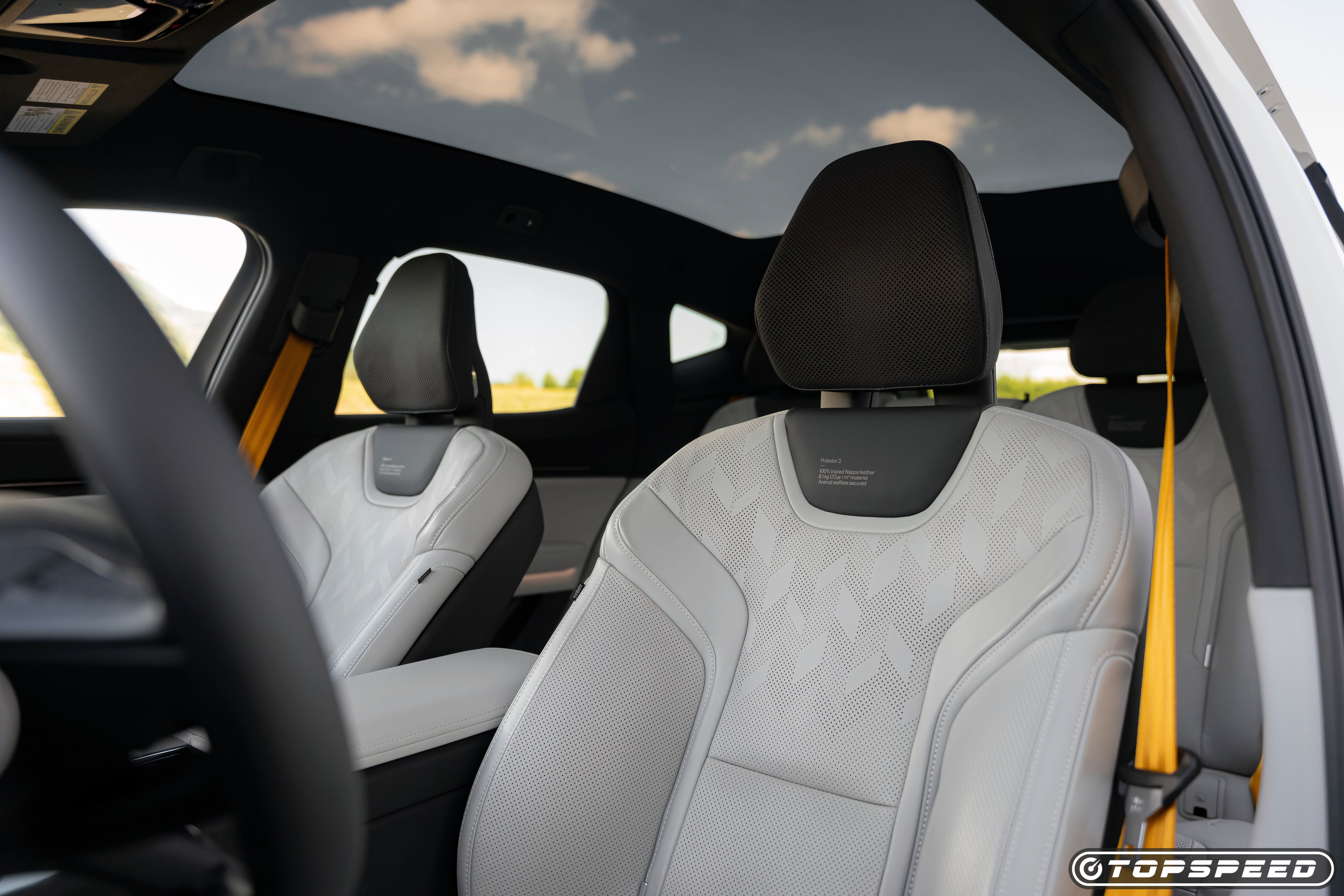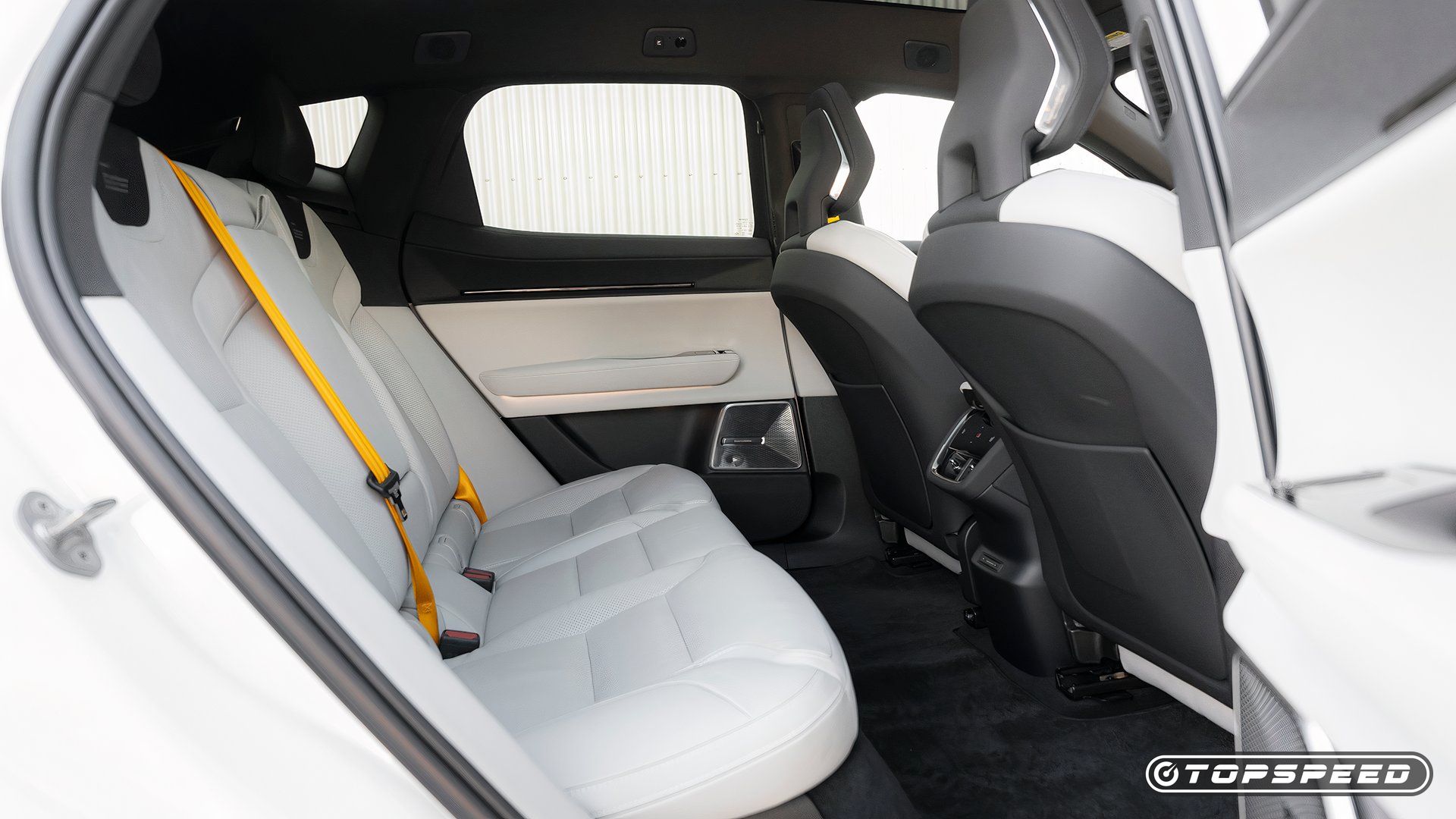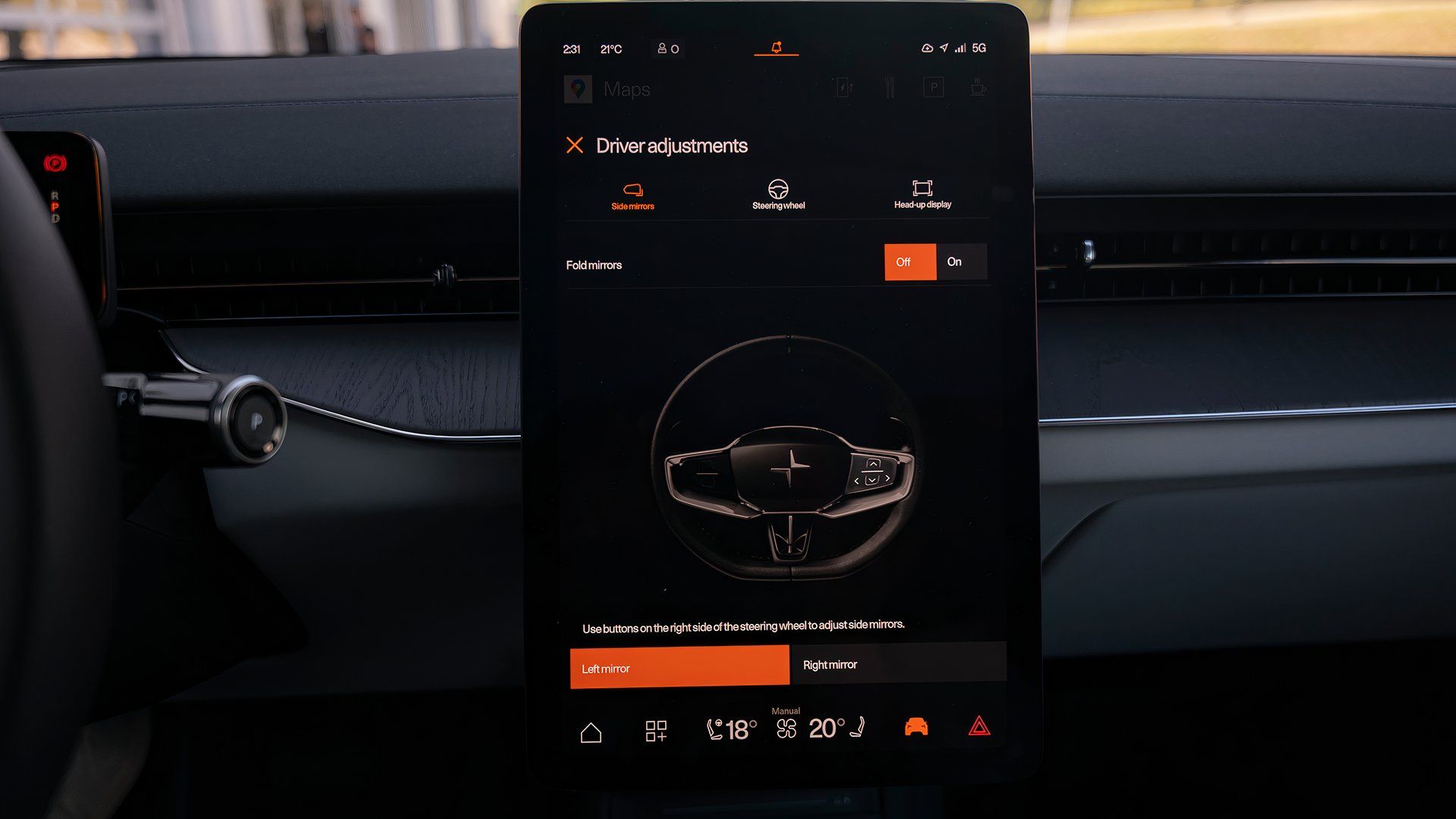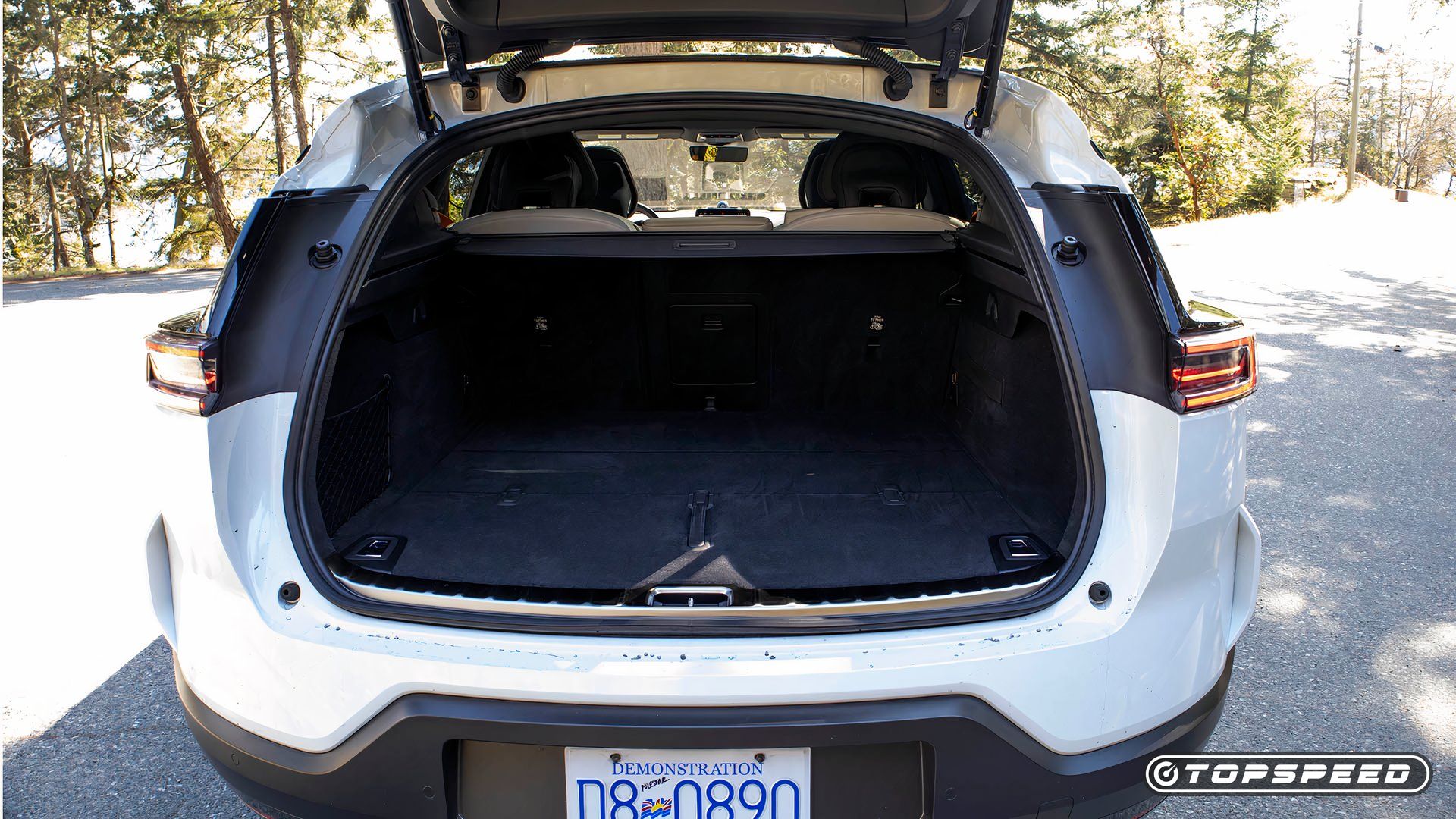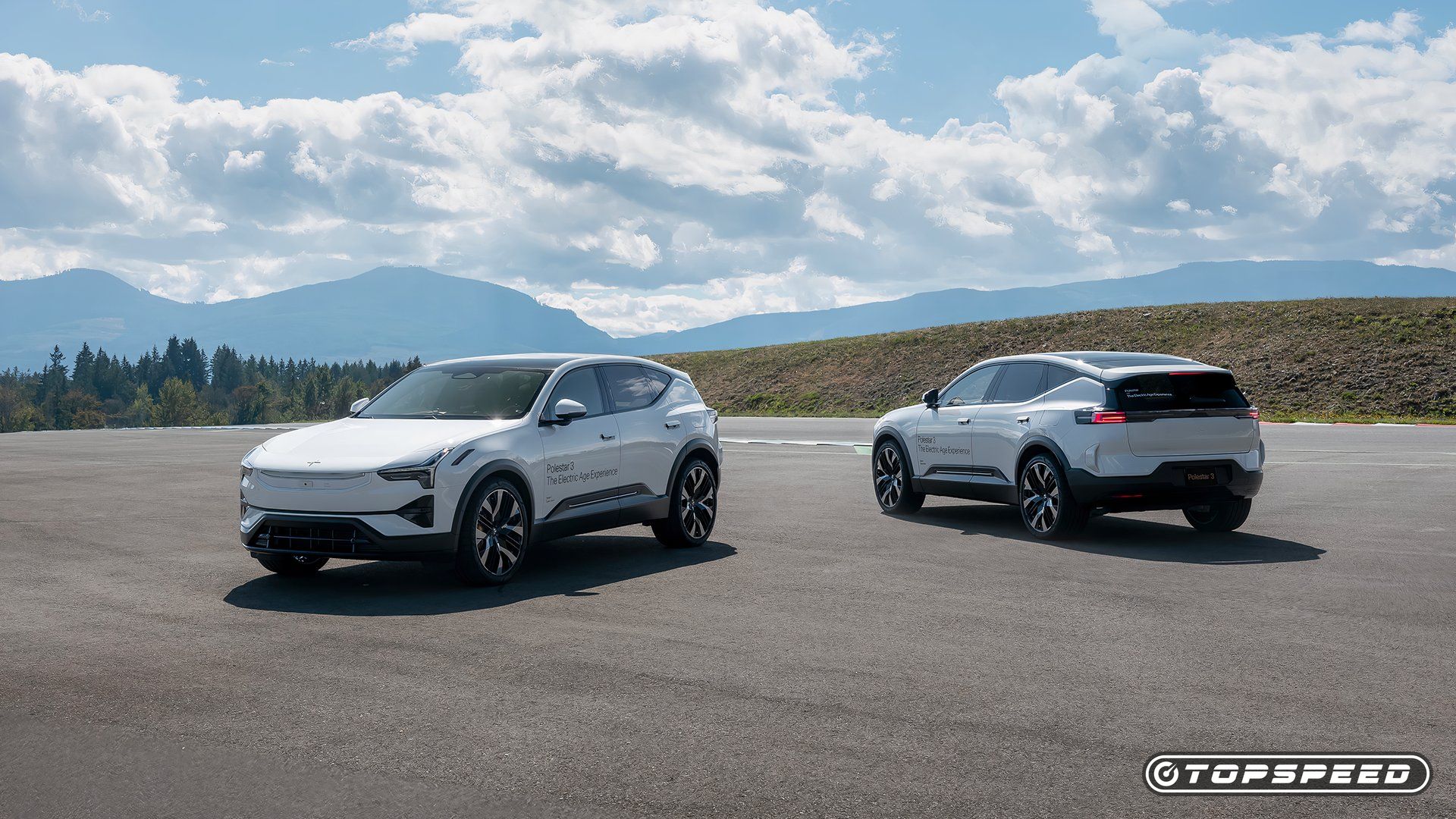Summary
- The Polestar 3 offers a unique and striking design that sets it apart from the Volvo EX90.
- Despite similarities to Volvo, the Polestar 3 delivers a smooth, quick, and comfortable driving experience.
- The Polestar 3 boasts impressive features like a powerful dual-motor setup and an available Performance Pack, but pricing is high.
Sure, the Polestar 2 is a rad electric car that’s loaded with the sort of charming quirks we expect from a Swedish designed and engineered product. But it looks, feels, and even drives like a Volvo. That’s a problem when the sole reason for your existence is to branch off from your parent company. Plus, Volvo is already a premium brand. So, what exactly is Polestar supposed to be?
I ask this, because the automotive industry has gotten us accustomed to associating spin-off brands with more luxury. Honda has Acura, Nissan has Infiniti, and Toyota has Lexus. We could even argue that Audi is Volkswagen‘s posh and expensive equivalent. So what’s Polestar’s relationship with Volvo?
The Polestar 3 tested here is the brand’s first-ever SUV. It’s also Polestar’s second official model in production (the Polestar 1 was a limited-production showpiece), which should – according to the carmaker – set the table for upcoming new models like the Polestar 4, 5 and 6. But from where I was sitting when driving it during its Canadian launch event on beautiful Vancouver Island, I couldn’t quite understand what it does different than the Volvo EX90 on which it’s based.
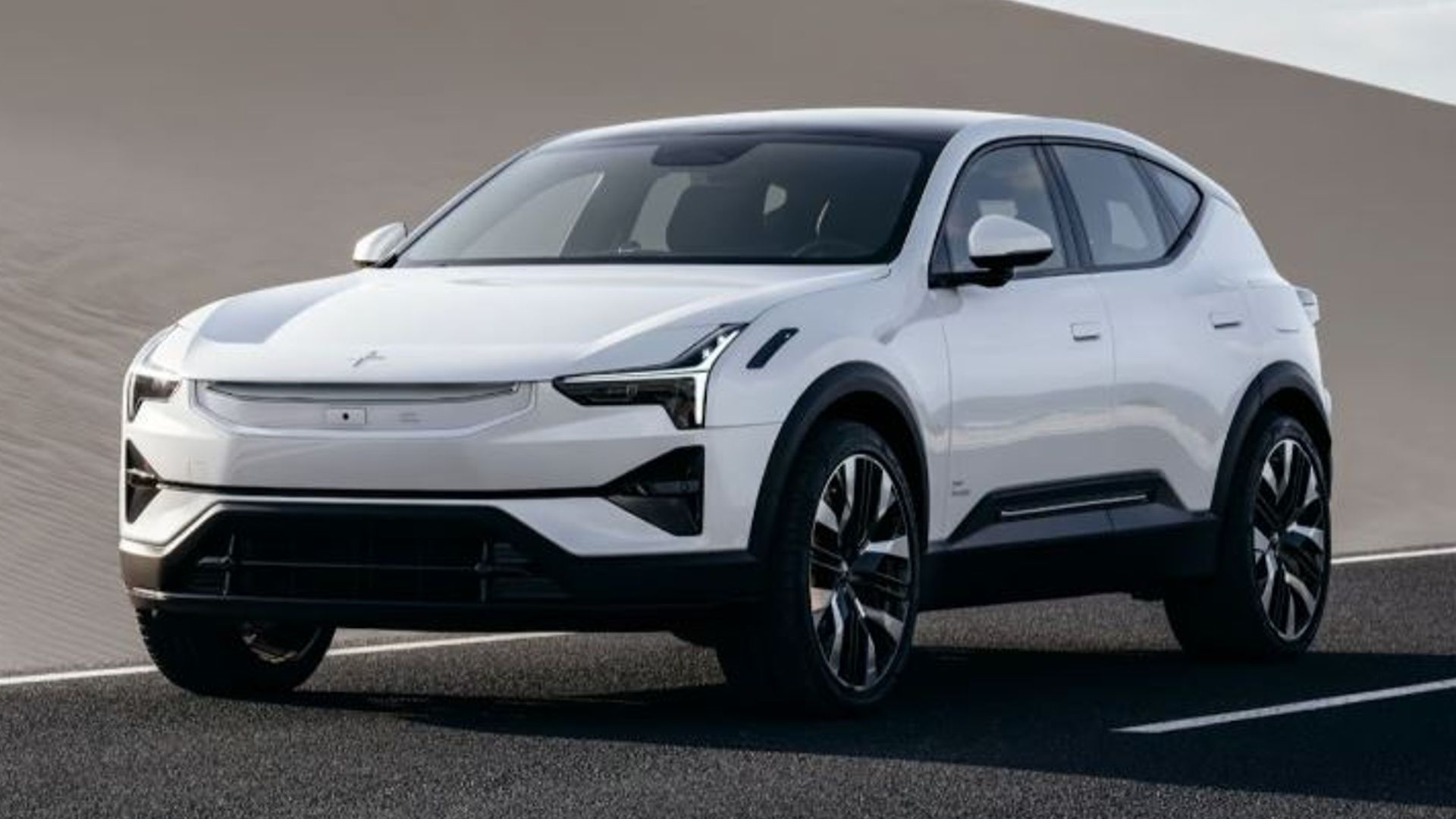
2024 Polestar 3
The Polestar 3 is an all-new electric SUV that’s set to hit the streets in the latter half of 2024. A luxury spin-off brand from Volvo, Polestar is a newcomer to the EV space focused on creating electric vehicles that offer a balance of performance, comfort, and luxury. The Polestar 3 will be available with a dual-motor setup coupled to a 111.0 kWh battery that makes 489 HP and 620 LB-FT of torque. Various upgrades can be added to this powertrain including a Performance Pack, Plus Pack, and Pilot Pack to add power under the hood, more amenities in the cabin, and more.
- Looks like nothing else on the road.
- Fast and agile, even if it’s heavy.
- Roomy and well put together cabin.
- Finicky infotainment and steering wheel controls.
- Lacks the luxury warmth of some of its rivals.
- Not cheap.
Polestar Canada flew me to Vancouver Island, fed me, paid for my hotel and loaned me a Polestar 3 press unit for an entire day to review. I did not live with the car for an entire week like I usually do for these reviews. For detailed insight into testing procedures and data collection, please review our methodology policy.
2025 Polestar 3 First Impressions
Polestar says its brand distinguishes itself from Volvo by being more “design-driven”, “driver-centric”, and with a bit more emphasis on performance. And by the first looks of the Polestar 3 – which is built alongside the Volvo EX90 at Volvo’s Charlston South Carolina plant – it’s true that it doesn’t look anything like the three-row SUV on which it’s based.
Actually, the Polestar 3 is a different kind of SUV altogether. It’s a true five-seater. It’s a tad shorter overall, and gracefully wearing a more tapered roof. It looks more like a lifted hot hatchback than an actual utility vehicle. It must be said, this is a striking product, one that I personally adore staring at and that truly comes through as something new, fresh and unique. I like this a lot.
My personal favorite design feature is the hood-mounted spoiler, giving the Polestar 3 a shark-like front fascia. The overall design is also very clean and minimalist in a way only the Swedes know how to do. Yes, I’m well aware that Polestar is owned by China’s Geely, but the vehicles are still designed, engineered and tested in Scandinavia. And it shows.
Exterior Dimensions
|
Length |
193.0 in |
|
Width (With Mirrors) |
83.5 in |
|
Height |
64.1 in |
|
Wheelbase |
117.5 in |
|
Front Track |
NA |
|
Rear Track |
NA |
|
Curb Weight |
5.697 lb |
|
Towing Capacity |
3,500 lb |
2025 Polestar 3: Differences Between The U.S. And Canadian Market
Both in the U.S. and Canada, the Polestar 3 is currently offered in a single trim level, with the option of adding a Performance Pack. All cars also come standard with dual-motor all-wheel drive. Optional packages, colors and wheels are all basically identical on each side of the border.
However, Polestar plans on adding a single-motor, rear-wheel drive model to the lineup later down the line in the U.S. It’s still unclear if this version will be sold in Canada.
U.S. Versus Canada Lineup Breakdown
|
U.S. Market |
Canadian Market |
|
Long Range Dual Motor ($73,400 USD) |
Long Range Dual Motor ($95,900 CAD) |
|
Long Range Dual Motor with Performance Pack ($79,400 USD) |
Performance Pack (+ $7,000 CAD) |
Driving Impressions And Performance
The Polestar 3 drive program was all rather short and very controlled as these events usually are. But I had the chance to drive it on the track at Vancouver Island Motorsports Circuit, do a bit of light-duty offroading with it, and drive it on the road.
From a mechanical standpoint, the Polestar 3 is essentially a carbon copy of the Volvo EX90. It rides on the same platform, with an identical wheelbase, but it’s 5.3 inches shorter overall. It’s also powered by the same 111-kWh nominal (107-kWh usable) liquid-cooled lithium-ion battery, provided by CATL. The main difference is that the two permanent-magnet electric motors in the Polestar 3 were tuned differently to churn out different output figures.
For the base model, we’re talking about 360 kw, or 489 combined horsepower and 620 lb-ft of torque. Opt for the optional Performance Pack, and those numbers crank up to 380 kW, or 517 combined horsepower and 671 lb-ft. It allows this 5,700-pound crossover to launch from 0 to 62 MPH in 4.7 seconds, as per Polestar’s official claims.
How does it all feel out there in the real world? Like an EX90, honestly, which I had the opportunity of driving a few weeks before this. None of that is bad per se. The Polestar 3 is refined, quiet, smooth and ridiculously quick. But it’s really hard to determine why you’d get this over the Volvo except for the nicer styling and the lack of a third row.
On the track, the Polestar 3 launched hard thanks to its relentless amount of horsepower and torque, which is expected from an electric vehicle (EV).
The benefit of having driven the Polestar 3 on the track, versus the EX90 which I only drove on the road, is that it allowed me to truly assess the level of grip and how the chassis was tuned. The Polestar 3 always carries around its excess weight, sure. If you enter a corner too hard with it, it’ll quickly remind you of its girth through tire-suffering understeer.
But the handling is flat and neutral. Confidence-inspiring, even. High-speed cornering comes without drama. The brakes are fantastic. It’s a handler alright, but at the end of the day, this remains a family-hauling SUV. It may try to be sporty all it wants, but you just can’t beat physics.
As far as offroading went, it was more-or-less an exercise in the vehicle’s ability to properly execute hill-decent. But I did get to witness how the dual-motor all-wheel drive system hunts for grip on slippery tarmac. It was neat to watch it doing its thing in real time. But it’s nothing other carmakers can’t do.
Performance Specifications
|
Battery Type |
Liquid-Cooled Lithium-Ion |
|
Battery Capacity |
111 kWh Nominal (107 kWh Usable) |
|
Electric Motor Type |
2x Pemanent Magnet |
|
Driveline |
Dual-Motor AWD |
|
Horsepower (Combined) |
489 HP (514 HP With Performance Pack) |
|
Torque (Combined) |
620 LB-FT (671 LB-FT With Performance Pack) |
|
0-60 MPH |
4.7 Seconds |
2025 Polestar 3 Energy Consumption And Range
Depending on wheel sizes and the types of packages you add to your Polestar 3, the EPA rates it anywhere between 77 and 88 MPGe. Range varies between 279 and 315 miles.
Fast-charging is compatible with a 250 kW fast charger, which equates to a 10 to 80% charge in 30 min, give or take. The Polestar 3’s onboard charger for level 2 home charging is set at 11 kW, which should take it about 11 hours to charge from 0 to 100%.
Unfortunately, since I drove the car for a short period of time in a controlled environment, I was unable to truly assess any kind of real-world range, consumption or even charging performance. I’ll need to live with the vehicle in my neck of the woods to properly test it.
EPA And As Tested Energy Consumption (Long Range Dual Motor With Performance Pack)
|
City |
Highway |
Combined |
|
|
EPA Energy Consumption |
81 MPGe |
73 MPGe |
77 MPGe |
|
Energy Consumption As Tested |
NA |
NA |
NA |
Interior Design And Comfort
I know I sound like a broken record here, but it’s true. The Polestar 3’s cabin is basically the same as a Volvo EX90’s, albeit with a different use of materials, fabrics and color combinations.
You’re greeted by the same minimalist design language as in its corporate cousin, with a dashboard that’s been reduced to two screens; a large central one where the entire vehicle’s brain is housed, and a second, smaller screen for digital readouts and driver-focused information. I’ll get back to all that in a bit.
But while everything, and I mean everything, all the way to the center console with the singular play/pause physical button is identical to an EX90, the Polestar 3 does at least try to distinguish itself from its sibling.
For instance, the “ingredients” for the sustainable materials used to build the seats have been embroidered inside the seats themselves. If you opt for the Performance Pack, your seatbelts will be gold, because Polestar. The 1,610-watt, 25-speaker, Dolby Atmos Bowers & Wilkins audio system is the exact same unit as in the Volvo. But it’s presented through speakers that look distinctively different.
Overall, the Polestar 3 is a nice place to be. It’s comfortable, well put together and loaded with neat massaging and lumbar features for the long road ahead. But it does look and feel cold in there. You don’t get the same sort of inviting warmth you get from other premium brands, like Mercedes-Benz or even Genesis.
The lack of a third row means rear seat room in a Polestar 3 is ample, with a ton of head and legroom, even for tall passengers. But the backrest always felt a tad slanted backwards, even when I attempted to tilt it forward.
Interior Dimensions
|
Front |
Rear |
|
|
Headroom |
TBD |
|
|
Shoulder Room |
TBD |
TBD |
|
Hip Room |
TBD |
TBD |
|
Legroom |
TBD |
TBD |
Technology And Ease Of Use
Like most new EVs out there, the Polestar 3 detects you either through a mobile app on your phone, or by way of a key card you rest on the center console. Once detected, the vehicle turns on its screens as an indication that it’s ready to go.
Again, the entire infotainment system uses the same Google-based interface as in the EX90, but with Polestar’s signature fonts, menus and colors. Even the tiny digital readout in front of the driver is a carry-over part from Volvo, but with Polestar’s own programming embedded into it.
The system itself houses a ton of useful features, like Google Maps and Google Assistant. It allows you to download your favorite apps while evolving over time using over-the-air (OTA) updates. Generally speaking, it’s all enjoyable to look at, quick to react and easy to comprehend, but I do wish some features – like mirror and steering wheel adjustments – had been left in the form of physical controls.
Cargo And Storage Space
There’s no third row, but the Polestar 3 is shorter than a Volvo EX90. Its coupe-like profile also negatively affects cargo space, and the way the rear hatch opening is shaped doesn’t help. When you lower the rear seats flat, the Polestar 3 is a full 28.9 cu-ft behind the Volvo (45.5 cu-ft).
|
Minimum cargo capacity (with all seats in place) |
21.1 cu-ft |
|
Total cargo capacity (with all seats folded flat) |
49.8 cu-ft |
Polestar’s First SUV Is Still A Volvo
Polestar promised that its future products would further distinguish themselves from Volvo, yet, the Polestar 3 is still…a Volvo.
Why get the Polestar 3 over an EX90? If you prefer its styling, for starters. The Polestar 3 sure looks the part. You’ll also prefer this one if you like cornering and braking hard in your utility vehicle. You may also not need a three-row configuration, so there’s that. The overall package is still fantastic.
Too bad it costs 75 grand. At least, there’s some good news. Contrary to the Volvo EX90 I drove, which was loaded with software glitches and quality issues, the Polestar 3 seems truly ready to hit the streets.

